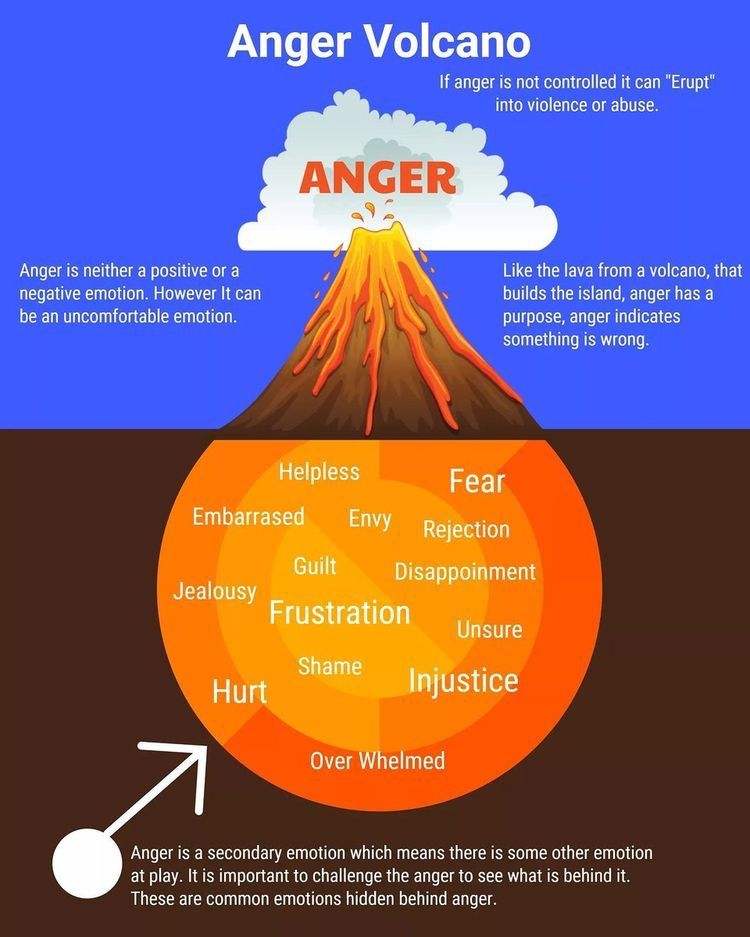Aggression
Jul 05, 2019 • 92 views
Anger is a natural and healthy emotion. It can arise out of proportion any time. In these cases, the emotion can delay a person’s decision-making, damage relationships, and otherwise cause harm. Learning to control anger can really help us limit the emotional damage. Anger is a very common response to frustrating and threatening experiences. It may also be a secondary response to fear, loneliness, or sadness . In some cases, the emotion may seem to arise out of nowhere. Anger management involves a range of skills and techniques that can help with recognizing the signs of anger and handling triggers in a positive way.
It necessitates a person to identify anger at initial stage and to express their needs while remaining calm and in control. Managing anger does not involve holding it in or avoiding associated feelings, it’s a way to manage it carefully, avoiding hurtful behaviours.
Coping with anger is an acquired skill and almost anyone can learn to control their feelings with time, patience, and dedication.

Three Main Steps For Controlling Anger
Recognizing anger with it’s initial signs
Giving oneself time and space to procedure the triggers
Apply various techniques that can help us control the anger
Recognizing Anger
In the moment of anger, it can be difficult to stop in its tracks. However, detecting the emotion early can be a key. It can allow a person to redirect their thought procedure to a more constructive place and avoid the negative emotions.
Anger has a physical reaction in the body. It releases adrenaline, the “fight-or-flight” hormone that prepares one for conflict or danger.
This can have the following effects:
clenched jaw and fists
faster breathing
sweating and trembling
rapid heartbeat
restlessness, pacing, and tapping of the feet
Taking A Step Back
When confronted with a trigger, it may help us if we count to 10 and go for a short walk to manage or control our anger effectively.

Applying Management Techniques
Here are few steps that we can apply to manage/control our anger emotions:
Deep and slow breathing: Focus on your breathing. As you inhale and exhale, try to spend more time exhaling than inhaling.
Easing physical tension: Try tensing each part of your body for a count of 10 and then release it.
Mindfulness: Meditation is a good technique and it can help us shift our mind away from anger during triggering situations, especially after consistent practice.

In anger management training a person learns to identify triggers, handle the triggers, respond to the trigger positively, adjust irrational and extreme thought processes, return to a calm, peaceful state, express feelings and requirements assertively but calmly in condition that tend to cause anger and frustration and redirect energy & resources into problem-solving.
